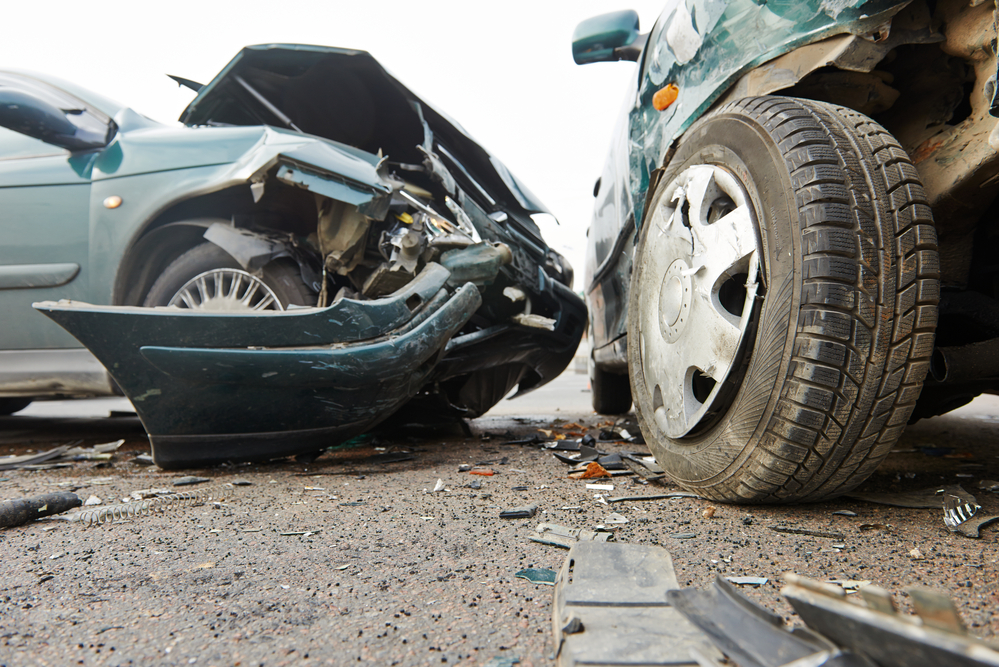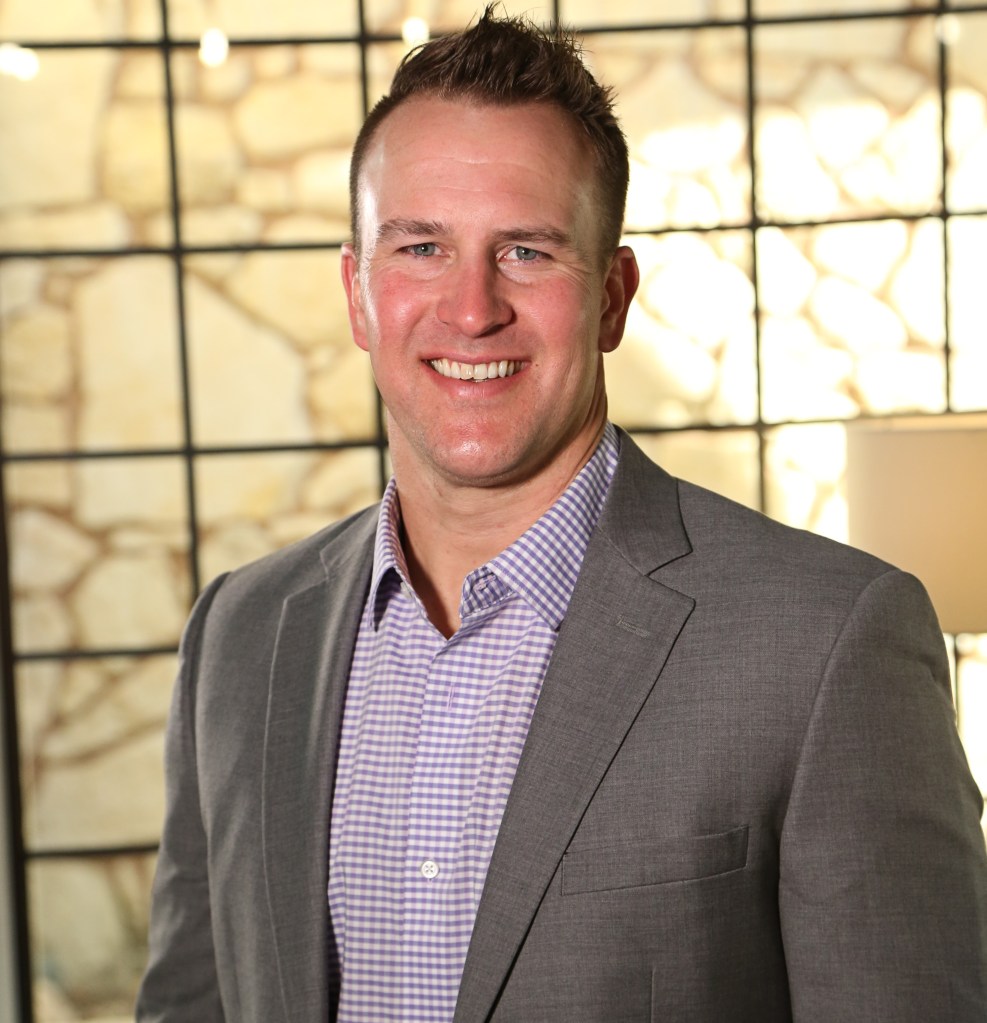Over or Under: Explaining UM/UIM Coverage and Setting Limits

Q: Do you have any suggestions on explaining uninsured motorist/underinsured motorist coverage? Also, should the UM/UIM limits match those on the bodily injury and property damage liability coverage?
Response 1: UM/UIM limits can be set at various levels but may not exceed the basic liability limit of the business auto policy or personal auto policy.
I have matched my PAP UM/UIM limit to the liability limit. I also raised my liability limit to $1 million just so I could get $1 million for UM/UIM. I also have a $5 million excess policy, but it does not raise the amount available for UM/UIM. Some states and some carriers allow an excess policy to increase the limits written for UM/UIM.
UM/UIM is the only coverage an insured would buy to pay themselves for the fault of someone else, such as a driver of an auto that has limits of insurance that do not cover the damage the insured has suffered through their actions. That is a great over-simplification of how things work, but it gets to the point that UM/UIM is designed for direct self-interest.
Response 2: The UM/UIM coverage may have state-imposed requirements concerning the limits. Some states require the primary bodily injury coverage limits be the same as the UM/UIM.
Selling excess UM/UIM is a matter of explaining how the coverage is provided. Carriers will have their own requirements for primary and excess coverage. We encourage policyholders who have excess liability coverage to include this for those policies as well.
Response 3: Yes, they should be the same. Why would you want less coverage for your own family and self if hit by a poorly insured driver than you want or need to give to another person or family in the case of your own negligence?
Response 4: The coverage varies by jurisdiction. In some jurisdictions, it’s mandatory, while some permit the insured to reject it. Some permit it to apply only to bodily injury. Some jurisdictions also cover property damage. Which are you?
UM/UIM coverage is designed to pay an insured for damages resulting from bodily injury or property damage that the insured would have been legally entitled to recover from a negligent owner or driver of an uninsured or underinsured motor vehicle.
The coverage usually applies only for compensatory damages and does not pay for punitive damages—that is, punishment for negligence. Since the insured’s own auto insurer provides the UM/UIM coverage that should have been provided by the tortfeasor—the at-fault party—or the tortfeasor’s insurer, it is not the intent to require the UM/UIM insurer to pay punitive damages that perhaps would have applied to the at-fault party.
Response 5: My one suggestion is that your insureds have an umbrella policy that provides limits over the UM/UIM coverage. Medical expenses can be in the seven digits. For cases with ongoing disability, including costs of care, it can run into the millions of dollars.
This question was originally submitted by an agent through the Big “I” Virtual University’s (VU) Ask an Expert service, with responses curated from multiple VU faculty members. Answers to other coverage questions are available on the VU website. If you need help accessing the website, request login information.
This article is intended for general informational purposes only, and any opinions expressed are solely those of the author(s). The article is provided “as is” with no warranties or representations of any kind, and any liability is disclaimed that is in any way connected to reliance on or use of the information contained therein. The article is not intended to constitute and should not be considered legal or other professional advice, nor shall it serve as a substitute for obtaining such advice. If specific expert advice is required or desired, the services of an appropriate, competent professional, such as an attorney or accountant, should be sought.








